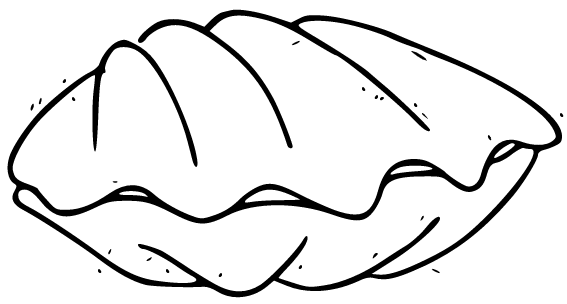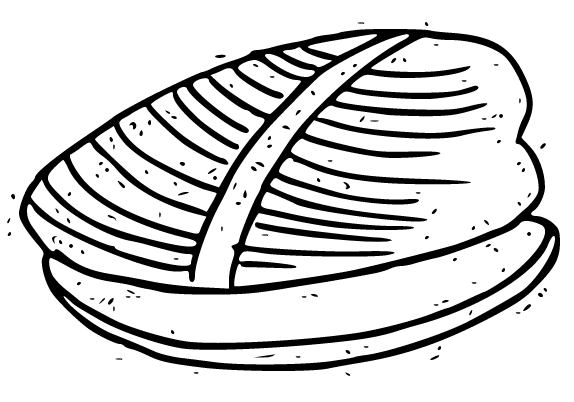-

-
The Discerning Mollusk's Guide to Arts & Ideas
-


Where I Went Wrong
David Galef
Regal House, May 2025
he wisecracking narrator of David Galef’s Where I Went Wrong has made his share of mistakes in life—probably more than his share, if such things could be quantified. Tony Mazza, the novel’s garrulous New Jersey anti-hero, does not sugarcoat his failures but he often jokes about them. This humorous tale of a man who drifts from job to job and through two marriages is less a journey toward self-knowledge than a catalogue of errors, a sort of blundersroman.
The title of the novel also serves as a catch-phrase repeated throughout the story, as Tony muses about his missteps. Chapters are arranged in reverse chronological order, starting in the year 2000 and going back to Tony’s birth in 1959, before culminating in a coda returning to the beginning (or end?) of his tale. Causality in Tony’s world is not neat and tidy. “I hate the word closure,” he ruefully observes. “It’s used by people who never get any.”
From chapter to chapter, the reader discovers Tony in various guises. He’s an aspiring bike racer or real estate broker, a bartender or a hilariously disastrous hospital orderly. He struggles to be a credible parent with his children, endures an abusive father, and most difficult of all, he confronts the tragic disappearance of his younger sister, Angela.
At its core, though, Where I Went Wrong is a novel of friendship. Sandy Quade has been Tony’s pal since early boyhood, and he pops up at all stages in Tony’s life. Sandy refers to Tony as his “little bro.” But their friendship is problematic. Sandy is the kind of companion who is always there for Tony in times of trouble, often because he was the reason Tony got into trouble in the first place. Here’s how Tony sees Sandy:
“If I were a woman, I’d say [his] chuckle was seductive. That chuckle got us into Checkers Bar in Fulton when we were sixteen. Ha ha. Fake ID that Sandy eventually sold to Derek Mahoney, though Derek got caught. Sandy never does. Ha ha. A genius for getting into places he doesn’t belong, laughing all the way.”
Sandy plays Huckleberry to Tony’s Tom. His high spirits offer a solace from the dysfunction of Tony’s early home life. In time, though, youthful shenanigans give way to adult fuckups, and instead of Huck and Tom, the stakes shift to something more akin to Harry Lime and Holly Martins in The Third Man. Friendships can be dangerous—especially the oldest, seemingly happiest ones.
This aspect of Where I Went Wrong stands out, for me, as the novel’s most interesting feature. Tony’s descriptions of failed marriages and troubled home life are well-observed and unexceptionable, but they also feel like familiar territory, of a perplexed masculinity trying to cope. Whereas the scenes with Sandy are more vulnerable, and touch a deeper hurt.
The final chapter contains a startling revelation, which will invite the reader to reconsider much of what preceded. Galef is a skilled writer who is highly attuned to the lies we tell each other, and to the lies we tell ourselves.

Charles Holdefer lives in Brussels. His latest novel is Don’t Look at Me (Sagging Meniscus, 2022).